Health and Wellness Trends
The growing emphasis on health and wellness is influencing consumer choices within the Frozen Chicken Market. As individuals become more aware of the nutritional benefits of lean protein sources, frozen chicken is increasingly viewed as a healthy meal option. The market data suggests that products labeled as organic or free-range are gaining popularity, reflecting a shift towards more health-conscious purchasing decisions. This trend is further supported by the increasing availability of frozen chicken products that cater to specific dietary needs, such as gluten-free or low-sodium options. Consequently, the Frozen Chicken Market is adapting to these health trends by diversifying product lines to meet consumer demands for healthier alternatives.
Rising Demand for Protein Sources
The increasing The Frozen Chicken Industry. As consumers become more health-conscious, they seek protein-rich foods, with chicken being a preferred choice due to its versatility and lower fat content compared to red meats. According to recent data, poultry consumption has been projected to grow by approximately 1.5 percent annually, indicating a robust demand for frozen chicken products. This trend is particularly evident in developing regions where economic growth is leading to higher disposable incomes, thus enabling consumers to purchase more frozen chicken products. The Frozen Chicken Market is likely to benefit from this shift as it aligns with the dietary preferences of a growing number of consumers who prioritize protein intake.
Innovations in Freezing Technology
Advancements in freezing technology are significantly impacting the Frozen Chicken Market. Innovations such as flash freezing and cryogenic freezing are enhancing the quality and shelf life of frozen chicken products. These technologies not only preserve the nutritional value of chicken but also improve texture and flavor, making frozen options more appealing to consumers. As a result, manufacturers are increasingly adopting these technologies to meet the rising expectations of quality among consumers. The market data suggests that the adoption of advanced freezing techniques could lead to a potential increase in market share for companies that prioritize product quality. This trend indicates a shift towards premium frozen chicken offerings, which could reshape the competitive landscape of the Frozen Chicken Market.
Sustainability and Ethical Sourcing
Sustainability concerns are becoming a pivotal driver in the Frozen Chicken Market. Consumers are increasingly seeking products that are sourced ethically and produced with minimal environmental impact. This shift is prompting manufacturers to adopt sustainable practices, such as responsible sourcing and eco-friendly packaging. Market data indicates that a significant portion of consumers is willing to pay a premium for sustainably sourced chicken, which is reshaping purchasing behaviors. As awareness of environmental issues grows, the Frozen Chicken Market is likely to see a rise in demand for products that align with consumers' values regarding sustainability. This trend may encourage companies to innovate and implement more sustainable practices in their operations.
E-commerce Growth and Online Retailing
The rise of e-commerce is transforming the Frozen Chicken Market by providing consumers with convenient access to a wide range of frozen chicken products. Online grocery shopping has gained traction, particularly among younger demographics who prefer the convenience of home delivery. Market data indicates that online grocery sales are expected to grow significantly, with frozen food categories, including chicken, experiencing a notable increase in sales. This shift towards online retailing allows consumers to explore various brands and products, fostering competition among suppliers. As e-commerce platforms continue to expand their offerings, the Frozen Chicken Market is likely to see increased sales and market penetration, driven by the convenience and accessibility that online shopping provides.


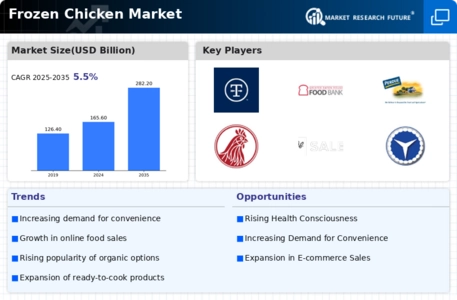
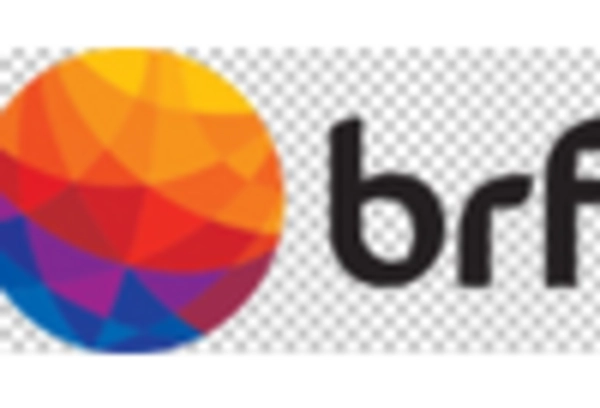

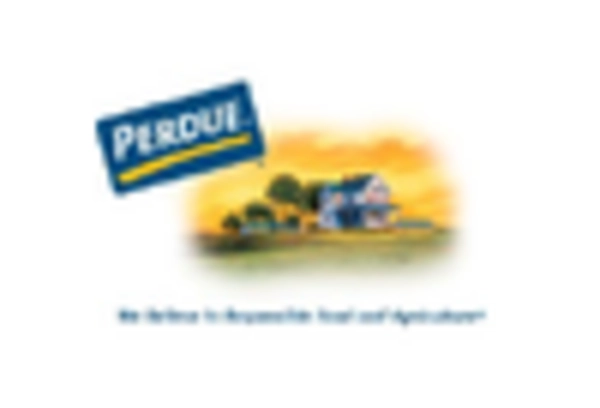
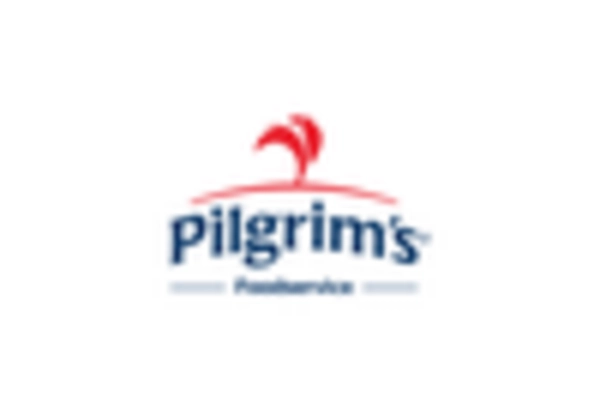
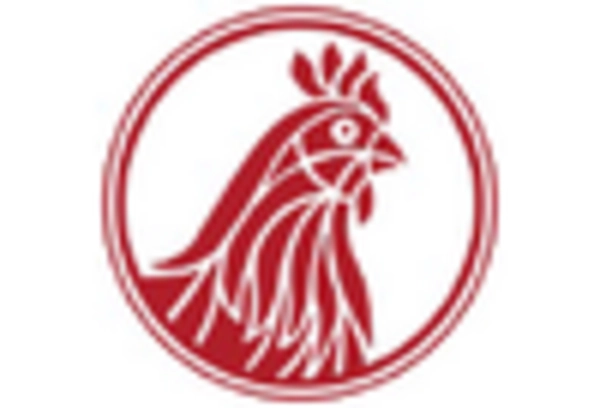









Leave a Comment